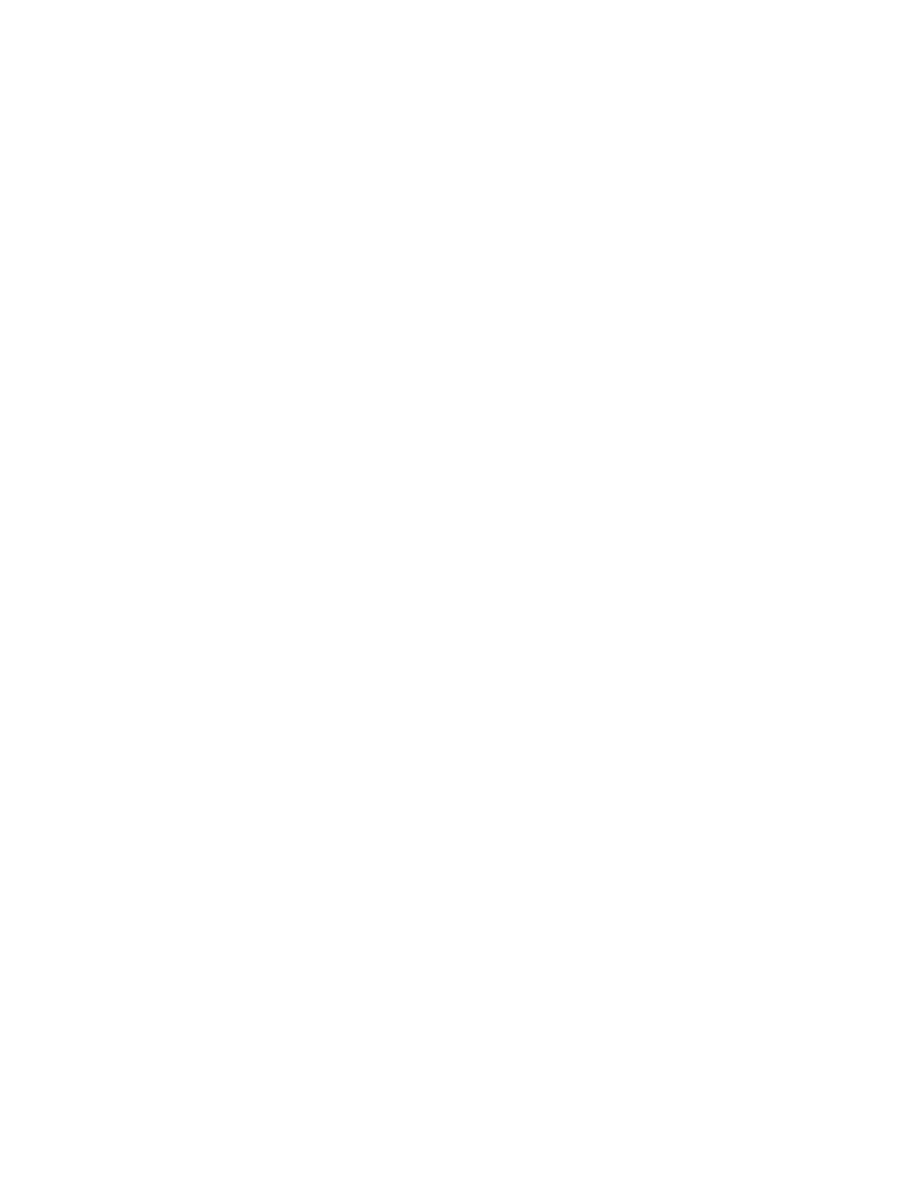Intrepid V6-3.2L VIN J (1998)

POLICY: Reimbursable within the provisions of the warranty.
TIME ALLOWANCE:
Labor Operation No:
02-00-13-94
A/T Hrs.
FAILURE CODE: P8 - New Part
Repair Procedure
A.
CASTER BIAS
1.
On a vehicle that leads left, create more caster on the left than on the right. On a right lead vehicle, the procedure is opposite. Try to get at
least 0.8 degree of cross caster, but do not exceed the maximum specification of 1.0 degree.
2.
Loosen the four engine cradle to frame bolts. Rotate the cradle forward on the side that you need to increase the caster. Tighten the engine
cradle to frame bolts, 163 Nm (120 ft.lbs.).
3.
Center the steering wheel and set toe (toe must be reset before doing another caster sweep). Verify that the lead is corrected. If vehicle still
leads, continue with the camber bias procedure.
B.
CAMBER BIAS
1.
On a vehicle that leads left, create either more negative camber on the left or more positive camber on the right. On a right lead vehicle, the
procedure is opposite. To minimize uneven tire wear, try to achieve the same amount of camber bias on each side. For example, if the car
leads left, compensate by setting the front left camber to -0.3 degrees and front right camber to +0.3 degrees. Do not exceed cross camber
maximum specification of 0.7 degree, or individual camber specification of -0.6 to +0.6 degrees.
2.
Raise the front of the vehicle until the tires are not supporting the weight of the vehicle and remove the wheel and tire assembly.
3.
Remove one of the strut clevis to knuckle bolts and loosely assemble a reduced shank bolt, p/n 06505362AA, and nut, p/n 06505363AA in
its place. Loosen the other strut clevis to knuckle bolt to provide for adjustment. In severe cases where a wide range of adjustment is
required, two reduced shank bolts should be used per knuckle.
4.
Install the wheel and tire assembly. Lower the vehicle until the full weight of the vehicle is resting on the suspension.
5.
Adjust the front camber to the preferred setting by physically pushing in or pulling out the top of the wheel and tire assembly as required.
When the camber is correct, tighten both strut clevis to knuckle bolts, 217 Nm (160 ft.lbs.). Set front toe to specifications.
C.
ENGINE MOUNT SHIM
1.
On vehicles that torque steer to the left, shim the left engine mount between cradle and lower mount bracket. On vehicles that torque steer to
the right, the procedure is opposite.
2.
Due to engine to hood clearance concerns, only two shims maximum can be used to correct a torque steer condition. It is recommended that
only one shim be tried at first so as not to over correct the original condition. The engine mount shim is p/n 05016903AA for 98-99 MY,
and 04797441 for 93-97 MY.
3.
To properly secure the engine mount assembly to the cradle with the shims in place, on the 98-99 MY, the lower mount bracket must be
replaced with a bracket that has full threaded studs. The left side replacement bracket is p/n 05016901AA, and the right side bracket is p/n
05016902AA.
4.
For the 98-99 MY the engine mount assembly must be removed from the vehicle in order to replace the lower mount bracket. Please follow
the engine mount removal and installation instructions in section 9 of the appropriate service manual. Loosen the two lower bracket
attaching nuts and secure replacement bracket in its place. Torque nuts to 61 Nm (45 ft.lbs.).
5.
Reinstall the engine mount assembly into the vehicle with one shim initially, and evaluate the vehicle. If the vehicle still torque steers in the
same direction, repeat above procedure and install second shim.
